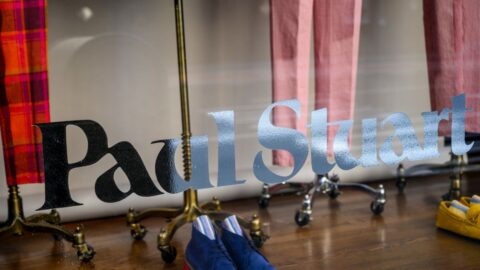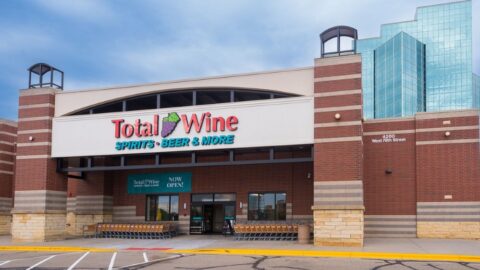Although retailers are focused on providing an optimal in-store experience, retail strategist Bertrand Pellegrin says stores are typically designed to cater to women, and that today’s male consumer is doing more of his shopping with an eye to both fashion and value.
Pellegrin’s new book “Branding the Man” explores how retailers can harvest men’s attraction of sports, electronics, sex and fitness and channel it into creating an atmosphere where the male shopper is comfortable and eager to spend.
Bertrand Pellegrin: I believe men are an undervalued demographic and have not been adequately addressed in terms of retail opportunities. By the late 1970s and early 1980s, gay culture, along with so-called “alternative” culture — such as punk rock and fringe movements — began to filter into the mainstream. Gym culture and fitness, formerly a largely gay enclave, became the norm, while street fashion moved into high fashion. By the 1990s, we began to see men becoming more self-aware than ever before. Celebrities also influenced how men expressed themselves and made vanity and style a more acceptable characteristic. Consider that masculine icons like Brad Pitt, George Clooney, and even Barack Obama are certainly peacocks without compromising their virility.
RTP: Which are the best stores in America for men to shop? Why, and what are they doing right?
Pellegrin: The best stores stay close to their audience and do not try to replicate what’s been done before. Smaller specialty boutiques and neighborhood stores tend to have the best success with men because they feel authentic and don’t require men to navigate complicated first floor cosmetics departments like department stores. Concept stores like Merci in Paris, Dover Street Market in London, or Odin in New York are interesting in their retail strategy. These are still high street concepts and probably don’t always appeal to the “ordinary” guy, but they are very much on the right track. These are well-edited stores with a distinct point of view and their merchandise is modern and confident.
RTP: What are the critical must-have items for a man shopping in a recession How can a guy take advantage of the desperate retail market and build a practical wardrobe??
Pellegrin: There is no doubt a truly great suit is the foundation of a man’s wardrobe. It must be of excellent quality and well-tailored. Dollar for dollar, a suit is a great investment because it can be worn in many situations and — if of good quality — will last and last. A suit gives a man structure and silhouette, and when it comes to marketing oneself, invaluable for the job interview or promotion. There are many designers offering excellent off-the-rack suits, but ideally one should spring for at least one custom made suit.
RTP: Besides fashion, where else are men a potential important market, and which businesses should take note?
Pellegrin: Personal grooming is the fastest growing business unit for men. As men become more educated on skincare and grooming, products need to fill the void. Drugstore.com and many others are looking to launch niche websites that target the man who wants to learn and shop. YouTube is already full of instructional videos on grooming and enhancement. This is an important channel for reaching men. As men delay marriage and fend for themselves in the home, I see an interesting opportunity in consumer goods such as food and cleaning products. Men are learning how to shop and I definitely see men shopping in supermarkets with more information and interest.
RTP: What are some of the key tactics for retailers to foster a more men-centric vibe in their stores?
Pellegrin: There are three influences on how men shop: 1) overly-precious or ostentatious store design;2) merchandising displays based on designers versus looks/styles; 3) pushy sales staff. The best environments feel organic and men can look for pants in one corner and tops in another. I love it when stores have sporting goods and toys mixed in. It allows discovery and the “cool stuff” — tech gadgets, sporting goods, and toys — act as lifestyle cues. Suddenly it’s not just a store, but a great hangout to shop and learn.
RTP: What’s the best, hassle-free way to shop online, and can it really be better than shopping in a store?
Pellegrin: Men are the fastest growing demographic of online shoppers. Guys like the hassle-free approach, especially if they already know what they want. The important thing to remember is to make sure there are clear add-on items so men can see what else they can wear something with. I like the idea of making the online shopping experience like having your own personal shopper. The PS would tell you that “you can wear this shirt with a pair of grey flannel pants”. Don’t have them? here they are! There is no reason why an online site can’t replicate that.
Bertrand Pellegrin is Director of BP Consulting, a boutique consulting firm specializing in retail development, strategic positioning, and creative direction.
Previously he was a Senior Retail Strategist with Gensler Worldwide, where he developed naming, placemaking, and brand positioning for a broad range of projects.












